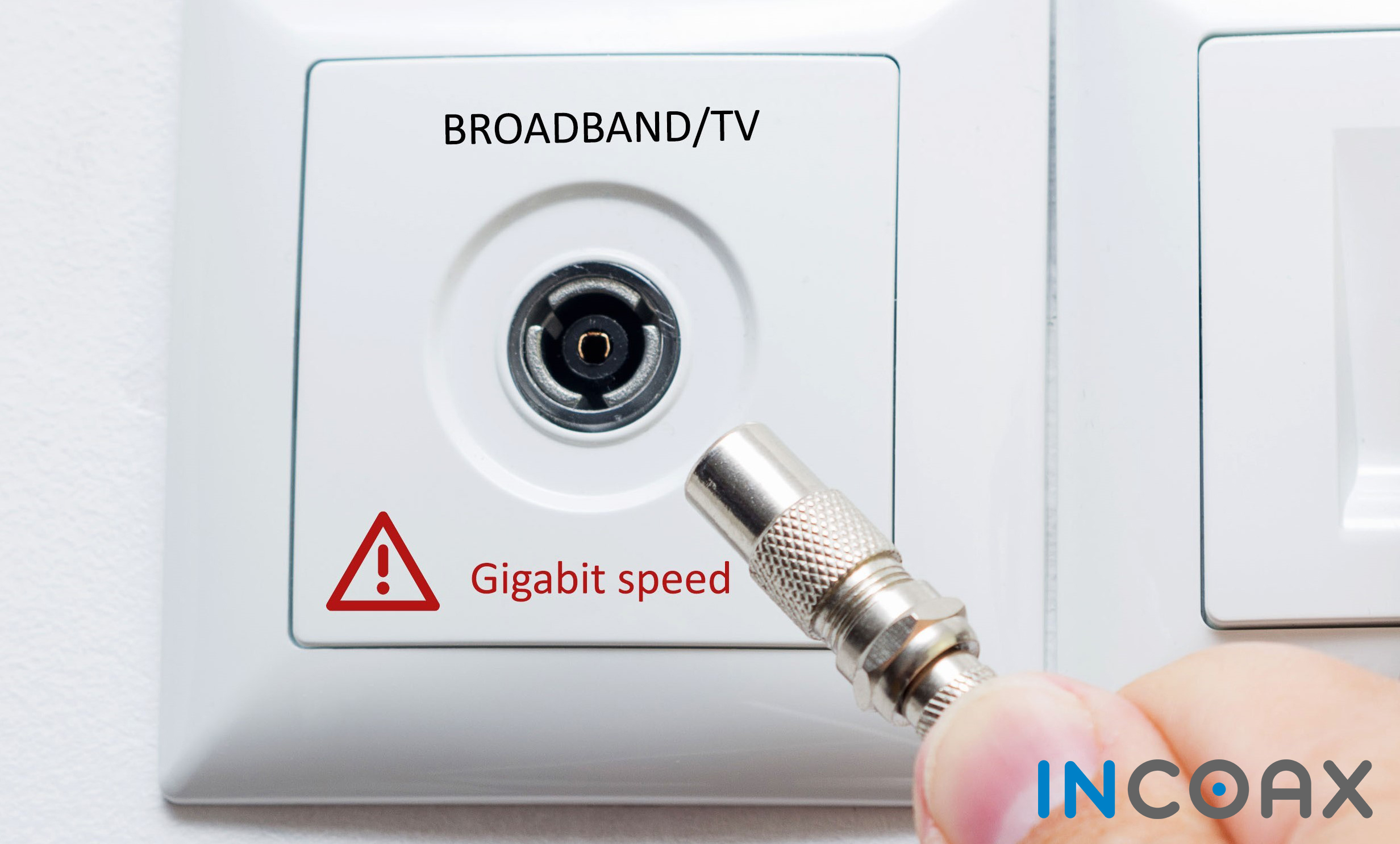How Fiber Access Extension Technology Can Help Pay-TV Operators Unlock Multi-Tenant Connectivity
MDUs offer untapped potential for service providers and landlords who want to ensure that tenants have access to reliable and accessible broadband

The unrivalled growth of Over-The-Top (OTT) streaming services in recent years have presented a paradigm shift to the way we consume our digital services. Juniper Research predicts that the number of OTT TV and video subscriptions is set to rise to 2 billion globally by 2025. OTT has helped viewers pivot away from traditional linear TV, to make the decision of how, when or where they digest and watch their TV and films.
However, viewers are still caught in a tug of war between Pay-TV services and on-demand streaming. While OTT streaming may present the ideal selection for watching content on any device, anywhere, that doesn’t necessarily paint the full picture.
According to Statista, last year there was approximately 1.01 billion Pay-TV subscribers globally. Pay-TV services that typically utilize the existing infrastructure in the building are still keeping pace with streaming alternatives, as viewers remain eager to watch live coverage, such as live sporting events and news. OTT has helped to meet consumer demand and offers a tangible alternative to those offered by cable and satellite Pay-TV providers.
While it may be able to provide television channels through an unwired connection without supplying its own data transport infrastructure, it has not solved the entire problem for subscribers. But by utilizing the best of both worlds and adopting a hybrid approach, it could present the most suitable option for subscribers. It can enable viewers to combine both Pay-TV and streaming services within the home.
Giving MDU tenants the right choice
Over the last few years, various factors, such as increased Pay-TV use, on demand streaming and prolonged home working, have driven the heightened demand for ultra-fast broadband directly to the home. Operators are still looking to address this increased pressure from subscribers to deliver ubiquitous connectivity, especially in Multi Dwelling Units (MDUs). Operators face an array of challenges when seeking to deliver connectivity for residents and businesses in MDUs.
By leveraging complementary architectures to extend fiber from the basement, up to all floors of a multi-tenant environment, tenants can effectively access fiber-based broadband at a reduced cost. Fiber-To-The-extension point (FTTep) provides operators with architecture to effectively bring fiber closer to customers dependent on the availability of the copper or coaxial infrastructure.
However, utilizing the likes of high-speed FTTep technology can combat the increased demands of TV streaming and the rising cost associated with this. FTTep technology can be used in Pay-TV receivers and set-tops to help support multi-room DVR applications.
MDUs offer untapped potential for service providers and landlords who want to ensure that tenants have access to reliable and accessible broadband. Fiber is the clear choice over the likes of satellite, cable and DSL. However, providers now face a key dilemma. How can both installation costs and tenant disruption can be kept to a minimum?
First of all, the two reasons outlined can be insurmountable stumbling blocks for providers if the landlord deems it is too demanding of a task to deliver to the entire building. With the number of new MDU build roll outs stagnating significantly, it is clear that those mass MDUs built between 1960–1990 are still in use. Large brownfield multi-tenant environments were wired with coaxial cabling running from unit to unit and as such, leveraging the existing infrastructure can ensure connectivity can be installed seamlessly and swiftly.
Consistent symmetrical speeds
Using DOCSIS technology, historically, coaxial copper networks have been used to deliver cable TV into subscribers’ homes and apartments. Legacy technology such as G.fast over Point-to-Point (P2P) coaxial networks may not offer the symmetrical download and upload speeds required.
For decades, P2P coaxial networks have been a large part of Pay-TV systems as they all have a P2P connection. Coaxial networks are available for cable TV providers and fixed operators, and both Europe and North America commonly deploy P2P.
By using existing in-building coaxial network infrastructure, landlords have the opportunity to bring TV services directly to each individual tenant and apartment or flat within the building. In multi-tenant environments, any change in operator or new technology needing to be deployed, can bring with it costly and labor-intensive installations.
FTTep technology is not only a cost-effective alternative that offers decreased complexity, but tenants can self-install the broadband equipment and modems themselves to ensure seamless streaming, gaming and working from home, with no technician visits required.
Endless opportunities for tenants
In the United States, a third of the U.S. population live in apartments, mobile home parks, condominiums and public housing. Now landlords and building owners have the opportunity to ensure that their tenant’s quality of day-to-day life remains high.
Multi-tenant environments have a home-run coaxial network reachable from the entry point of the building located in the basement, wall cabinet or pedestal close to the building. These cables can subsequently be utilized by cable-TV operators at the entry point, ensuring that tenants can choose to place both TV content and internet services for full on the broadband access.
The broadband connection point (antenna outlet) is located at the heart of the apartment for easy Smart TV and IP-TV services access, rendering additional internal wiring unnecessary. By working with the right solutions provider and harnessing existing broadband access infrastructure, tenants can receive low-latency and symmetrical broadband services to bring an enhanced streaming experience. By having access to Gigabit and Multi-Gigabit speeds, tenants will have faster download and upload speeds, along with more reliable and high-quality TV services.
By deploying fiber access extension technology, broadband internet services can also be fulfilled, allowing tenants to reap the benefits of both streaming services and cable TV from one outlet. This in turn, is markedly cheaper for operators and less invasive for landlords. Leveraging FTTep technology and harnessing the potential of the existing in-building coaxial infrastructure, can help bring subscribers the reliable and high-quality TV and streaming experience that they crave.
Get the TV Tech Newsletter
The professional video industry's #1 source for news, trends and product and tech information. Sign up below.
Helge Tiainen is Head of Product Management, Marketing & Sales at InCoax

